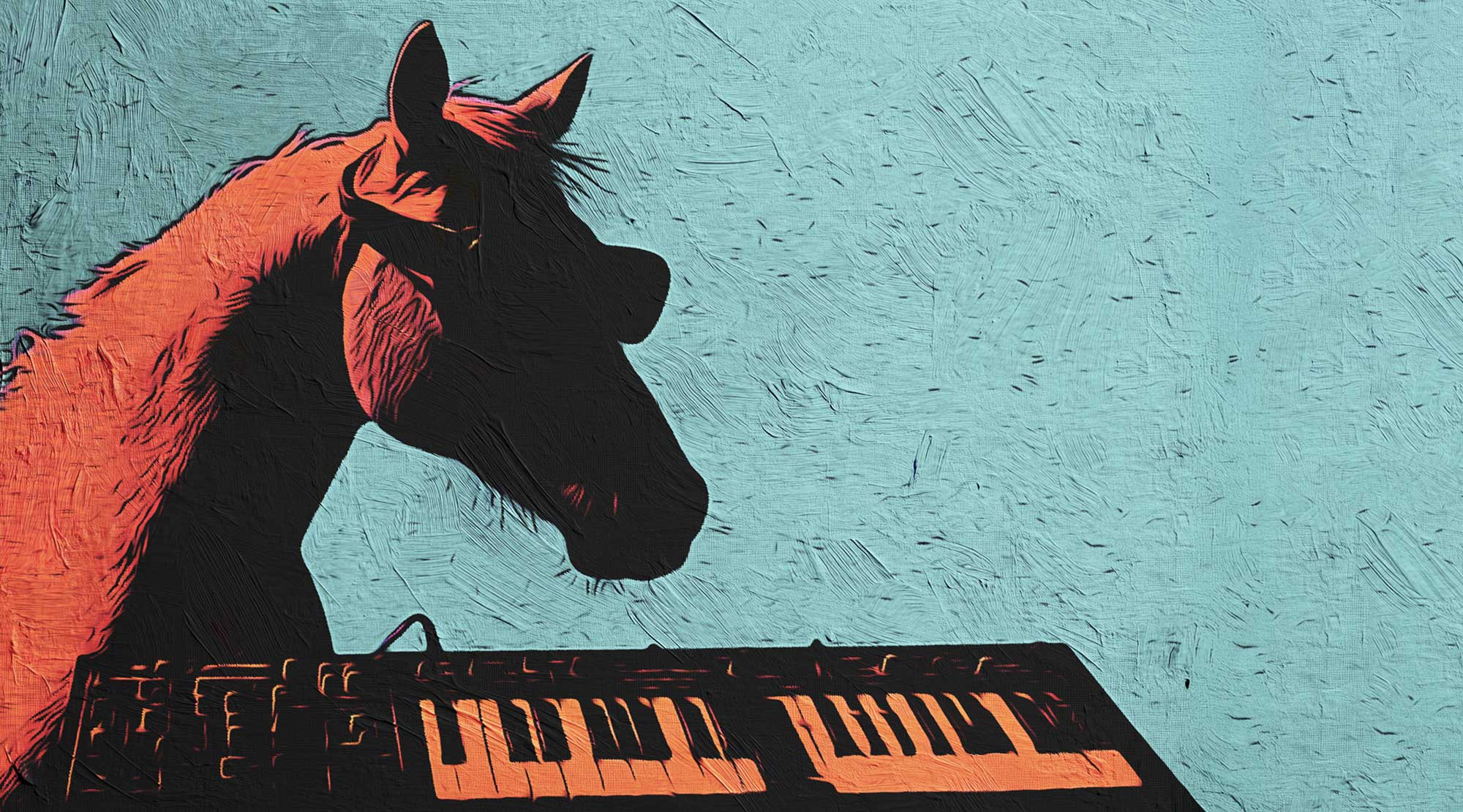Listeners:
Top listeners:
-
 play_arrow
play_arrow
Mad Nonstop
-
 play_arrow
play_arrow
Mad Radio Miami
-
 play_arrow
play_arrow
Mad Radio Bogotá
-
 play_arrow
play_arrow
Mad Radio Medellín
-
 play_arrow
play_arrow
Mad Records
-
 play_arrow
play_arrow
Mad Lo-Fi

In dimly lit warehouses, underground clubs, and sprawling festival grounds, something unusual is happening. Dance music is evolving, with genres both fast and slow embracing new, immersive sounds. Basslines are digging deeper, tempos are diversifying, and the music is warping into dreamy, otherworldly textures. This isn’t just a new direction in dance music—it’s tied to the growing presence of ketamine in nightlife.
A Journey from Clinics to Clubs
Ketamine’s story starts in the 1960s as a medical anesthetic. It didn’t take long for it to escape the clinic and land in counterculture circles in the 70s and 80s. Its dissociative effects—detaching the mind from the body—turned it into a favorite for those seeking to explore the limits of consciousness. Today, it’s found a new audience on the dancefloor, influencing both the way people experience music and the way it’s made.
The Sounds of Dissociation
“The music has changed dramatically in the last five years,” says Dr. Maria Reynolds, a musicologist at the University of Manchester. “Tempos are diversifying, and the focus has shifted to spatial effects and psychedelic sound design.”
While ketamine’s dissociative effects align perfectly with slower, moodier genres like minimal techno, dubstep, and deep house, it is equally present in high-energy styles like hard house, trance, and psytrance. The drug’s ability to warp perceptions of time and space complements both fast, driving beats and atmospheric soundscapes.
“Ketamine makes you feel like you’re floating within the music,” explains Callum Hughes, a London-based DJ known for his atmospheric sets. “It’s less about dancing and more about getting lost in the textures.”
Australian DJ and producer Partiboi69 has also commented on the growing influence of ketamine culture. Known for his irreverent style and high-energy sets, he has noted that the “wonky” aesthetic resonates with his audiences. “People are into these trippy, slowed-down moments that let them disconnect,” he said in a recent interview. His sets often blend high-energy bass with hypnotic, dissociative breaks, embodying the push-pull dynamic that ketamine culture brings to the dancefloor.
The Global Variations
Ketamine’s impact on music differs across the world:
- Berlin: Clubs like Berghain are embracing “kettek,” a slower, more abstract version of techno. “It’s about negative space and disorientation,” says producer Nina Weber.
- Bristol: The bass-heavy city is leaning into “slow rollers,” 100 BPM tracks with rumbling sub-bass. Labels like Livity Sound are at the forefront of this sound.
- Manchester: The city’s industrial roots have birthed “ketaminimal,” blending ambient techno with gritty atmospheres.
- East Asia: Scenes in Seoul and Tokyo mix ketamine’s introspective vibe with higher tempos, creating a unique high-energy-meets-dreamlike hybrid.
- Trance and Psytrance: Globally, these high-BPM genres remain closely associated with ketamine use. The intense, driving rhythms and euphoric melodies are often described as perfectly complementing ketamine’s dissociative effects, creating an experience that feels both otherworldly and immersive.
Dancefloors Reimagined
Ketamine’s influence isn’t limited to sound. According to Dr. Thomas Chen, author of Chemical Rhythms: Drug Culture and Electronic Music, it’s changing how people experience nightlife. “We’re seeing more chill-out rooms, ambient spaces, and environments designed for introspection rather than pure energy.”
Music Shaped by Altered States
Producers are leaning into ketamine’s surreal qualities, creating music that mirrors its effects. Anja Schneider’s recent album, described as “a journey through liquid time,” uses pulsing basslines and haunting melodies to capture the drug’s disorienting essence. Festivals like Burning Man and Dekmantel are also curating immersive installations that resonate with ketamine’s introspective vibe.
The Risks Beneath the Surface
Despite its cultural impact, ketamine isn’t without dangers. Prolonged use can lead to addiction, cognitive issues, and severe bladder damage. “Recreational use is risky,” warns Dr. Sarah Matthews from the Center for Substance Research. “The normalization of ketamine in nightlife is particularly concerning.”
Adapting to the Shift
Harm reduction groups like DanceSafe and The Loop are stepping in to address these challenges. From drug testing at festivals to educational campaigns, they’re working to minimize risks. “It’s about giving people the tools to make safer choices,” says Sarah Bentley of DanceSafe.
Looking Ahead
As dance music continues to evolve, the influence of ketamine on sonic aesthetics raises important questions about the relationship between substances and artistic expression. While its impact on music production and club culture is undeniable, the health risks and social implications demand careful consideration.
“What we’re witnessing is a complex cultural phenomenon,” concludes Dr. Reynolds. “The challenge lies in understanding these shifts in musical expression while remaining mindful of the very real dangers associated with ketamine use.”
This article aims to document a significant cultural phenomenon while acknowledging its serious health implications. If you or someone you know is struggling with substance use, contact your local drug support services for confidential assistance.
Sources and Further Reading
- Reynolds, Maria. “The Changing Rhythms of Electronic Music.” University of Manchester Research Papers. 2023.
- Chen, Thomas. Chemical Rhythms: Drug Culture and Electronic Music. 2022.
- “Why is Ketamine Popular at Raves?” Quora. Link
- Matthews, Sarah. “Ketamine: Risks and Realities.” Center for Substance Research. 2023.
- “What’s Behind Ketamine: The Drug of the Decade?” El País. 2023. Link
- DanceSafe. “Harm Reduction in the Club Scene.” Link
Escrito por Soma Estudio

